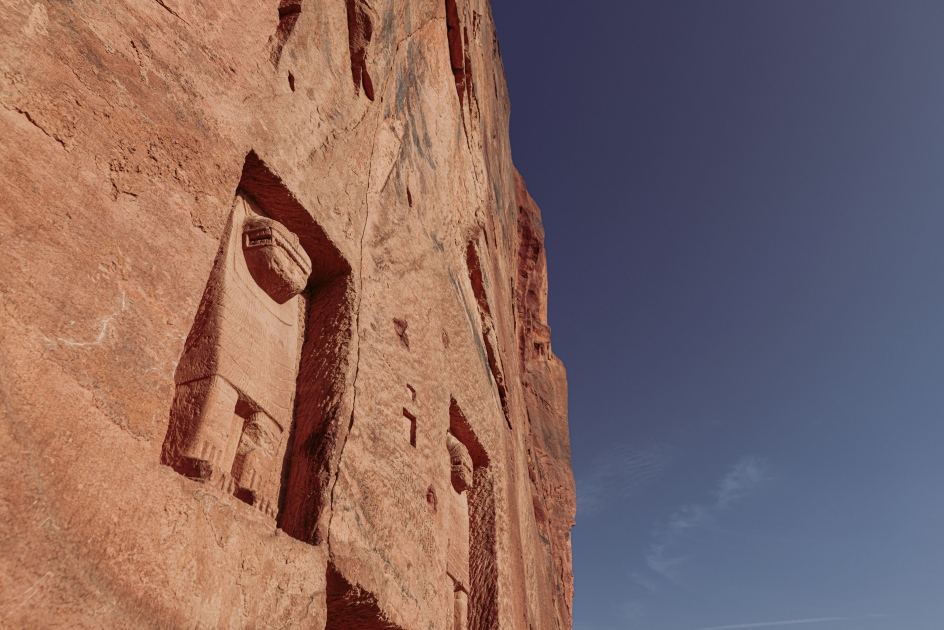
NEW ARCHAEOLOGICAL BOOK REVEALS FRESH DISCOVERIES AND INSIGHTS INTO THE COMPLEX CULTURAL HERITAGE OF NORTH-WEST ARABIA
Recent discoveries by leading international archaeologists and researchers have helped to shed new light on the complex cultural heritage landscape of ancient AlUla and the wider north-west Arabia region.
The findings, presented in the new book ‘Revealing Cultural Landscapes in North-West Arabia’ Supplement to the Proceedings of the Seminar for Arabian Studies, vol. 51’, are a compendium of articles edited by Dr Rebecca Foote, Director of Archaeology and Cultural Heritage Research at the Royal Commission for AlUla (RCU), along with a team of esteemed worldwide experts.
The articles showcase the rich archaeological legacy of AlUla – and how the influence of ancient societies extends beyond well-known landmarks such as the UNESCO World Heritage Site of Hegra, the oases, and long-established settlements – which were initially presented in a Special Session of papers organised by Foote at the 54th Seminar for Arabian Studies.
Published shortly before RCU hosts the AlUla World Archaeology Summit, the book appeals to a wide audience including academics and those with an appreciation of our shared human heritage. Its release complements the extensive collection of events, presentations, debates, and discussions that will be held at AlUla’s Maraya venue from 13-15 September as part of the inaugural summit.
The three-day AlUla World Archaeology Summit will see a specially invited global audience of experts and specialists in archaeological discovery, research, preservation, conservation, and more take part in a reflection on the field and its potential transformational role in society, as well as having the chance to explore AlUla’s cultural urban centres and ancient landscape.
Discoveries detailed in ‘Revealing Cultural Landscapes in North-West Arabia’ demonstrate how understanding life in north-west Arabia is key to fully appreciating the complexities of the various peoples who lived across the greater Middle East region from the Palaeolithic through to the Islamic period.
Highlighting discoveries found in AlUla, Khaybar, and further afield, the book includes details of an exceptional archaeological landscape survey that was carried out from the air and on the ground. Outstanding findings include a Neolithic site with unparalleled life-sized camels carved in high relief in Sakaka, which adds a new dimension to the rock art of Saudi Arabia. Another study covers excavations in AlUla that revealed extraordinarily complex practices and interactions with the environment at the Neolithic mustatil and circular domestic structures. A variety of pre-Nabataean numismatic and ceramic evidence recovered at Ḥegra informs pre-Nabataean occupation of the site.
Dr Foote said: “AlUla is an exceptional archaeological frontier attracting global attention from a diverse range of audiences, from specialist experts to tourists eager to explore the world’s largest living museum. The recent publication of ‘Revealing Cultural Landscapes in North-West Arabia’, and the upcoming AlUla World Archaeology Summit, serve to further AlUla’s longstanding pivotal role in the region, with each new finding and new stream of research expanding our knowledge and understanding of north-west Arabia’s past.”
ENDS


























